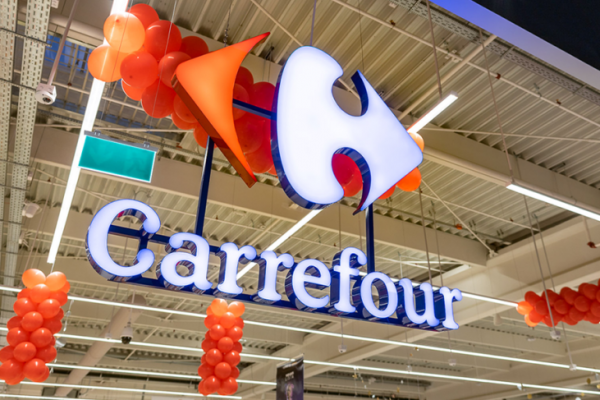Tesco has released figures that show a continuous reduction of Campylobacter, a common bacteria that can cause food poisoning if not properly destroyed by the cooking process, in its fresh chickens.
It says it is on course to meet the ‘industry-leading’ target that it set for itself last summer, which should deliver a reduction in the presence of Campylobacter at the highest level in at least 95% of its chickens by 2017.
The latest data compiled by the retailer has found that Campylobacter at the highest level has fallen to 7 per cent in the final quarter of 2014/15
What this means is, only 7 per cent of the chickens found on Tesco’s shelves have over 1000 cfu (colony forming units) of Campylobacter per gram.
Tesco’s Group Quality Director Tim Smith commented, "It has long been our commitment to reduce levels of Campylobacter in our poultry and we are now seeing real progress at all stages of the supply chain and we are confident that we will meet our industry leading target next year.
"With 93 per cent of our chickens now testing negative for the highest levels of campylobacter, our customers can be confident of the quality and safety of the poultry we sell in our stores."
He added that, "The latest results are testament to the hard work of our suppliers and clearly demonstrate our ambition to remain at the forefront of any developments to improve the quality and safety of our chicken."
As well as reducing the level of Campylobacter in its chickens, Tesco has also introduced leak-proof packaging for all raw poultry products, which also contains customer information on safe food handling and cooking instructions.
In 2014/15, Tesco consistently performed well in a British Food Standards Agency (FSA) survey that monitored levels of bacteria in poultry in different grocery retailers. It was the only major supermarket to have significantly lower levels of Campylobacter in its chicken compared to the industry average.
© 2016 European Supermarket Magazine – your source for the latest retail news. Article by Jenny Whelan. To subscribe to ESM: The European Supermarket Magazine, click here.











